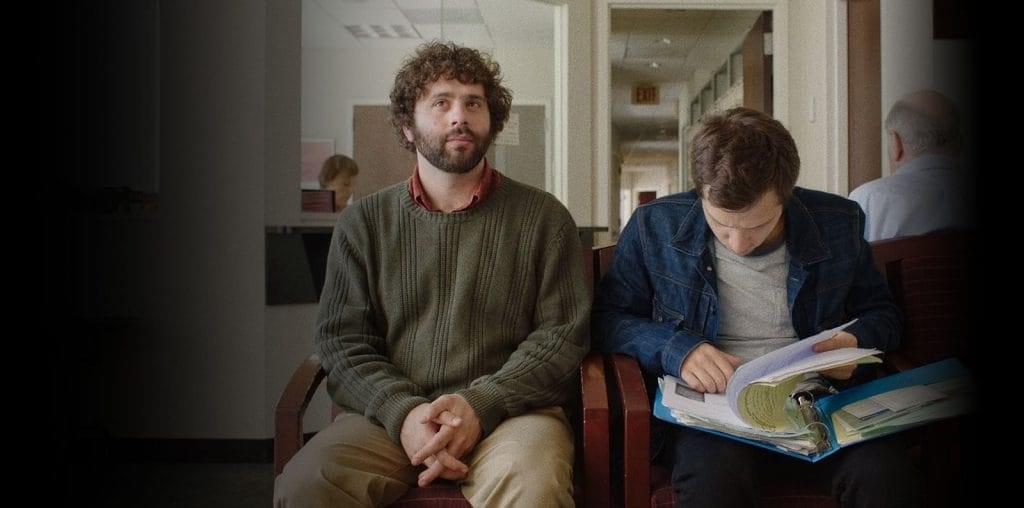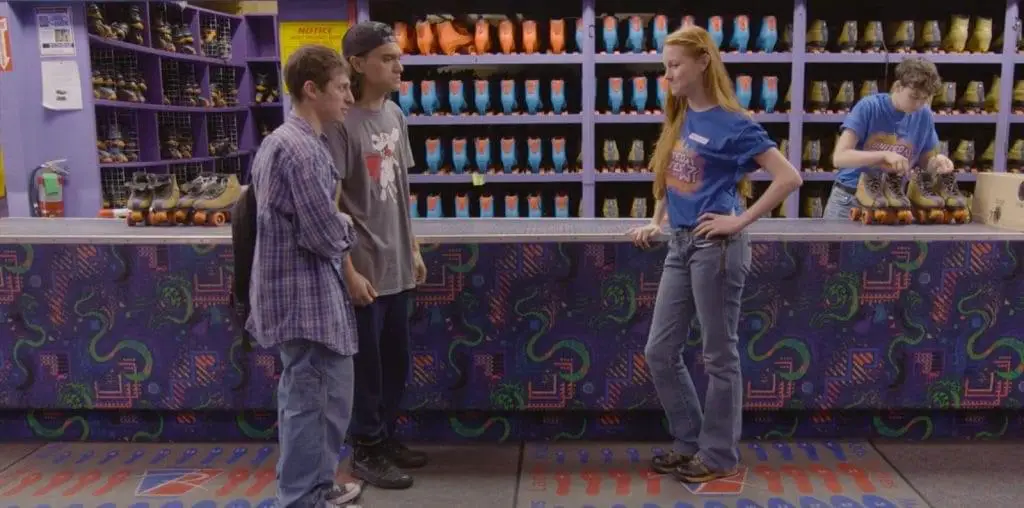
June 7, 1998 saw the worst racially-motivated murder since the Civil Rights movement in Jasper, Texas. Early that morning on a deserted road, three white men picked up the African-American James Byrd Jr., beat him, and then chained him to the back of a pickup truck. They dragged him for three miles, tearing his body apart. Soon, three suspects from town (who still had Byrd’s blood on their shoes), John William King, Lawrence Russell Brewer, and Shawn Allen Berry, were arrested and charged.
While these events prompted a lot of soul-searching, they also posed many questions for a pair of filmmaker friends from the Northeast, Whitney Dow and Marco Williams. The two had different takes on what this incident meant. Rather quickly, they determined the reason for this difference of opinion was because Whitney was white and Marco was black. What’s really unusual is these men eventually used this fact to define what would be their exploration of the complex racial issues of Jasper, Texas. Over the course of 1999 while all three of the accused faced individual trials, they came to town with separate film crews. Dow and his white crew interviewed 15 white residents, while Williams and a black crew interviewed 15 black residents. Some of the subjects were involved directly with the case (the mayor, the sheriff, family members) while others were not. The filmmakers wanted their work to reflect the whole community, and the effect these event have had upon it.
However, as neither crew ever appears on camera, the whole idea comes off more as an interesting footnote. It’s more a means to an end, rather than anything that overtly manifests itself on the screen. The more interesting aspect of this documentary is the more complex nature of racism in Jasper as it approached the 21st century with roughly half of its population black. While racism is obviously alive and well, the problem is far less overt or pervasive. Jasper has a black mayor and an integrated city counsel. While 50 years ago the law would have likely looked the other way when a white man killed a black man, these days the sheriff and officers of the court spare no resources or effort in finding, arresting, and convicting the perpetrators. When verdicts of conviction come down, these officials even publicly hug each other in victory.
Though acts of casual racism are frequent and the races still primarily stick to their own sides of town, much time is devoted to the attempts by religious and political leaders on both sides to pull together to heal the riff between them and move past these events. Will it work? We’ll see. What with all of the disputes on how much progress has really been made, it would have been nice to have an in-depth look on what the situation was circa 1960. Race relations have changed everywhere during the intervening decades. The town’s white residents were shocked by the killing but many of the poorer black citizens took it as business as usual. While the situation has a lot of room to improve, it’s got to be worlds better than it was. Only a real examination of the progress made could have proven James Byrd’s death as an aberration perpetrated by a few racist rednecks, rather than a reflection of an entire community. That’s the kind of reach that would have made this film truly great.

